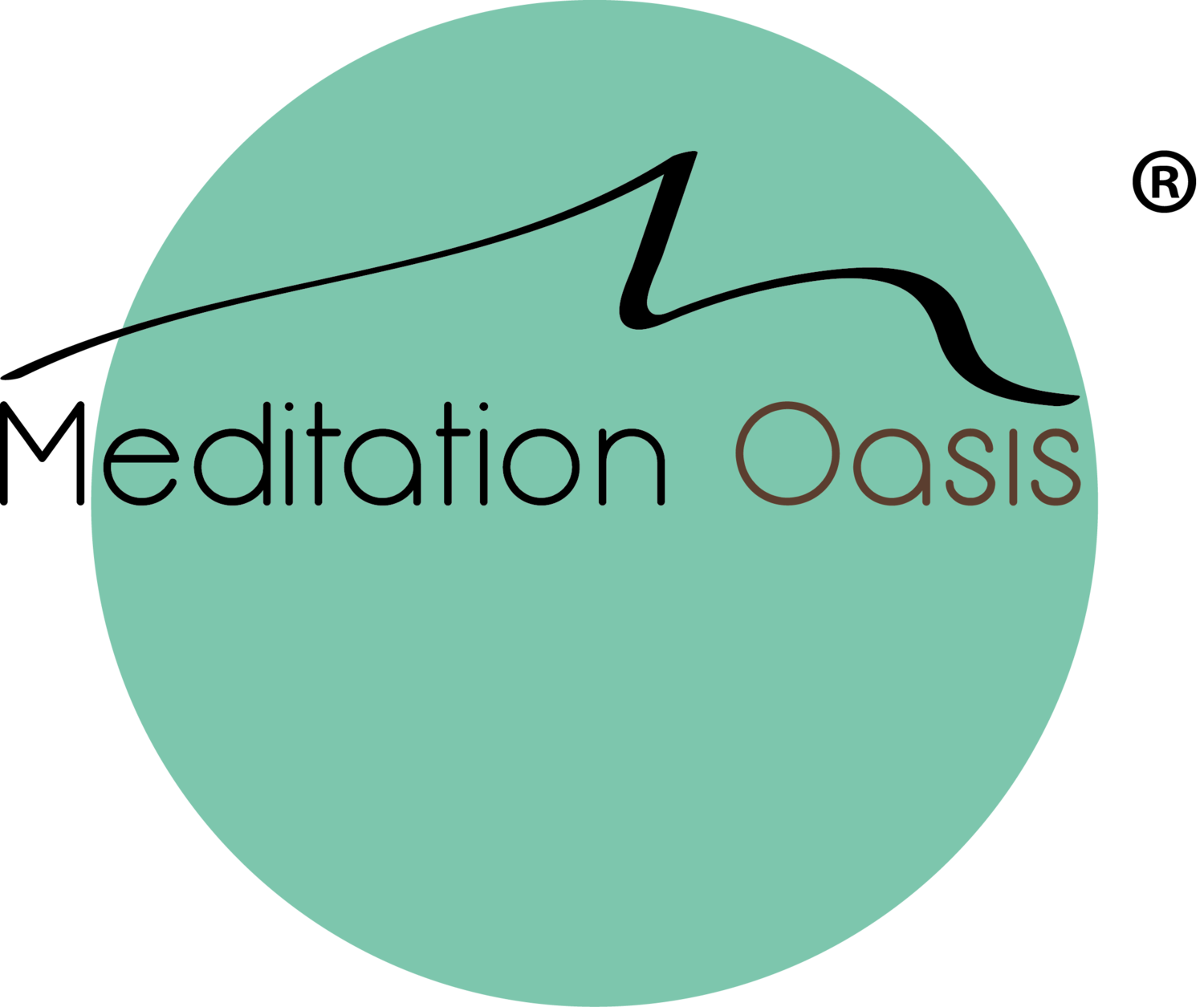Difficulty Meditating
Keys to easy, effortless meditation...
There are all sorts of reasons that people find it hard to meditate. On this page, we discuss some of the common ones and what to do to make meditation easier. If you have been trying to meditate on your own or trying the meditations we suggest and are experiencing difficulty, these explanations should help.
We support styles of meditation which are simple, natural and easy to do. Our hope is that meditation will create greater peace, relaxation, ease and naturalness in your life. The suggestions on this page are in keeping with our approach.
Problems with thoughts in meditation
This is probably the most common challenge people have with meditation. They feel they are unable to quiet the mind and keep out thoughts. "My mind just won't stop its chatter." "I can't stay focused on meditation." Solution: The key is to stop resisting thoughts and trying to make them go away. Thoughts are a part of meditation. They are a natural activity in the mind. Although meditation can be a way to experience inner silence, this comes about not by eliminating thoughts but by becoming aware of the silence that is naturally present in the mind along with the thoughts. When we stop resisting what is naturally happening, we experience calmness and peace. (Read more about thoughts in meditation.)
Restlessness
Often people find it's hard to sit still for meditation. It doesn't take long to start thinking of all the things you could be doing, or to feel restless like you want to get up. Solution: Restlessness can arise as the body "unwinds". When we sit to meditate, it's as if we've spent the day in a moving car. Once we stop and rest, it feels as if our body is still moving. It takes time for the body to settle down and feel at rest. Meditating is like shifting gears in a car -- you shift into neutral and the engine takes a while to slow down and come to idle. Continue meditating, allowing yourself to be aware of the sensation of restlessness in the body. You can continue with the meditation practice, such as watching the breath, during this time, or if the restlessness is extremely intense you can give your attention fully to the sensation of restlessness. Notice exactly how it feels in your body -- where you feel it, and what the sensation is like. As you allow yourself to experience the restlessness, it will eventually settle down.
Being uncomfortable with our feelings
Sometimes during meditation, we may be uncomfortable with some of the feelings that arise. This might take the form of a strong emotion or a physical sensation in the body. When the mind is no longer caught up in its outer-directed focus and the usual distractions of the day, we can become aware of feelings that have been under the surface. You may feel tempted to stop meditating, or start to resist these feelings, making meditation a struggle. Solution: The key to achieving a state of deep relaxation, is to learn to stop resisting certain feelings and be present to "what is". Thoughts, emotions, bodily sensations come and go continuously in the natural flow of life. Left to flow by themselves, they will pass through. Simply allow these feelings to be present, not trying to push them out, but also not following the mind's stories about them. If an emotion is so strong that it's overpowering, allow the awareness to be easily with that emotion. Notice its location in the body, and let the awareness be with the physical sensations associated with the emotion until the emotion diminishes. Let go of the meaning the mind gives to the emotion.
Occasionally in meditation, something can come to awareness that is particularly difficult, such as a repressed memory from the past or a realization about something we need to change in our lives. In this case, it may be helpful to get some support, such as counseling to help deal with the issues that arise.
Disappointment that "good experiences" aren't always there
Every time we meditate our experiences will be different, depending on our ever-changing physical and emotional states, as well as life circumstances. It is important to understand that our experiences will change, as we will tend to form expectations based on our previous experience. Naturally we like some meditative experiences better than others, and may feel disappointed if we meditate and don't have those experiences.
There are no good or bad experiences in meditation. There is no right or wrong way to feel. Meditation is about "letting go" and trusting the natural flow of life. It is important to remember that the goal of these meditations is not to have special experiences, but to become more at ease with whatever arises. By meditating regularly and following these guidelines, ease in meditation will grow and this will translate into greater ease in living -- the ability to flow with whatever life brings.
Sitting in an uncomfortable posture
Often people have the idea that they have to sit in a certain posture for effective meditation, and yet they find it is impossible to do so comfortably. If you are physically uncomfortable this will dominate your awareness and it will be impossible to relax. Solution: For sitting meditations, it is best to sit with the spine erect, but not to strain in any way. Sit in a way which is natural and puts you at ease. For most people, sitting with back support and with the feet flat on the floor works best.
Read our Meditation Guidelines page for more help with meditation.
Visit our Simple Meditations page to learn some easy, natural ways to meditate!
